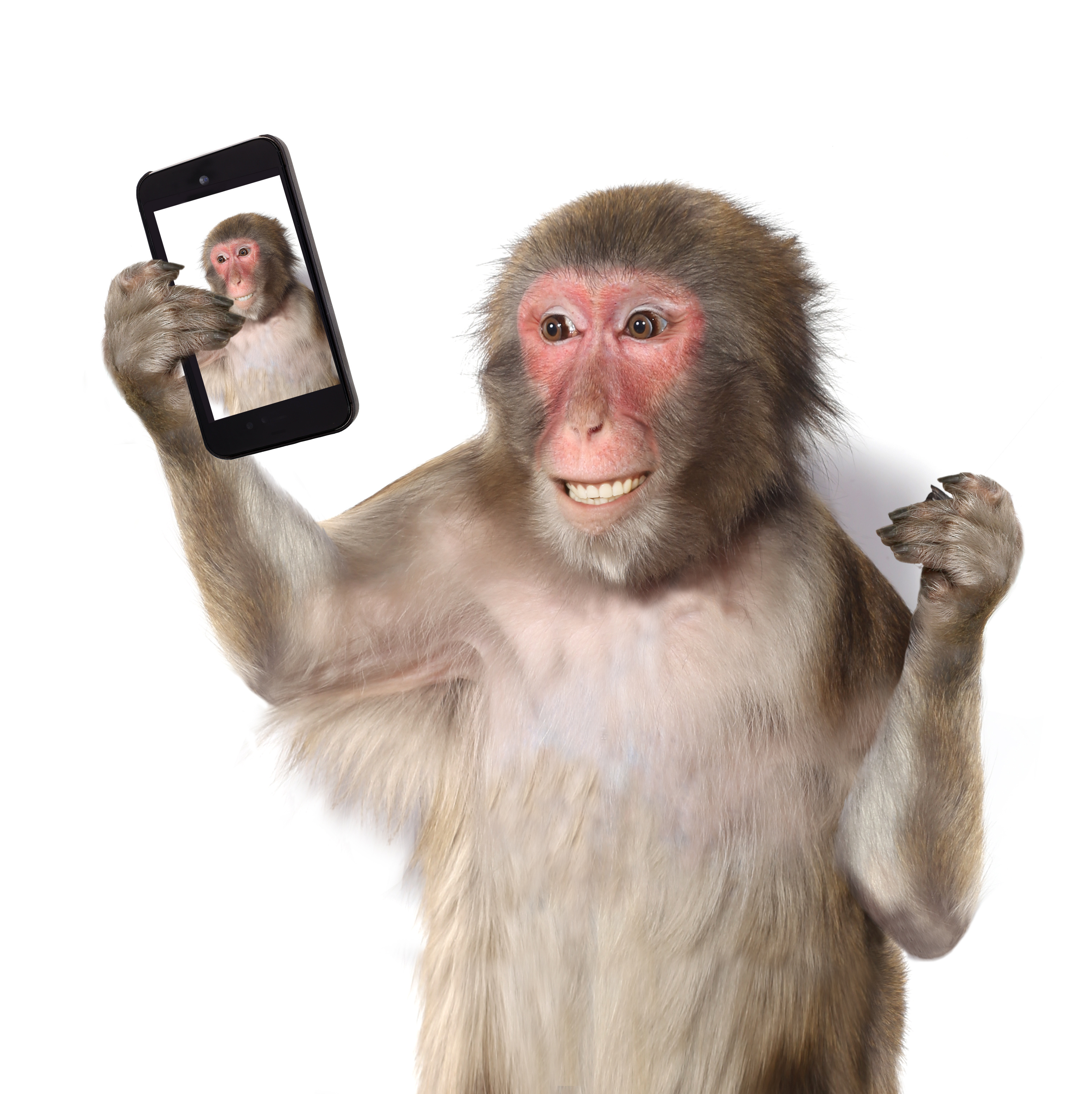By Lori Beam
The so-called Monkey Selfie case, just settled in mid-September, shows just how careful you need to be with getting appearance releases
The monkey in question was a macaque in Indonesia who took a grinning selfie using wildlife photographer David Slater’s camera. Wikipedia Commons made the photo public domain, distributed it free, and ignored requests to take the photo down. PETA then sued, claiming proceeds from the selfie should go to charities protecting macaques. In the settlement Slater will donate 25 percent of proceeds from sales or usage of the monkey selfies to charities in Indonesia that protect crested macaques, reported Angela M. Gosnell on USA Today Network – Tennessee. A video producer for knoxnews.com, Gosnell added, “In a world where photographers already struggle repeatedly with copyright infringement, this is a case of historical detriment to the industry.”
To protect yourself and your company in connection with humans, you need an appearance release for commercial use of a person’s name, likeness, voice or appearance. Commercial use versus informational use gets tricky in today’s world of advertorial content and social media. You don’t need a release when the person cannot be recognized in the photo or video (e.g., if the photo includes only the person’s hands or if the image is purposely blurred).
When in doubt – or if varied uses could occur – get a release. Following are tips for obtaining appearance releases.
- When establishing arrangements with agencies, photographers, model agencies, etc.:
- Clearly document who is responsible for getting the releases and paying any associated fees or other form of payment required to obtain the releases.
- Require the responsible party to indemnify the commercial user for claims resulting from any failure to obtain the required releases.
- Use an appearance release form that:
- Recites the person’s receipt of at least nominal consideration.
- Includes representations and warranties necessary for enforcement of the release, such as age 18 or older, or not member of a union.
- Describes the permitted uses broadly to capture all planned and potential shortened and repurposed versions of the work;
- Incorporate all-inclusive uses such as “for advertising, publicity and promotion of your company and its affiliates and their businesses, products and services.”
- Grant use “in perpetuity” whenever possible, and when not possible, addresses potential issues arising from a release with a limited term or geographic area such as getting the person’s agreement not to bring claims based on continued market presence to extent not in company’s control or establishing a limited company obligation to obtain removal of the materials.
- Define permitted distribution media broadly to include a right to use the appearance in any medium or format whatsoever now existing or hereafter created.
- Keep and retain good records and files to defend against claims alleging violation of right of publicity, moral rights, invasion of privacy or similar claim. It’s not unusual for claimants to come out of the woodwork years after the shoot. The Monkey Selfie was taken in 2011, but the suit wasn’t filed till 2015.
So avoid any monkey business that could throw a monkey wrench into your protecting legal rights. Get that appearance release!
Lori Beam chairs the firm’s Advertising, Marketing and Promotions practice group. Contact her at lbeam@sb-kc.com or 816-265-4110.
* This article is general in nature and does not constitute legal advice. Readers with legal questions should consult with an attorney prior to making any legal decisions.

